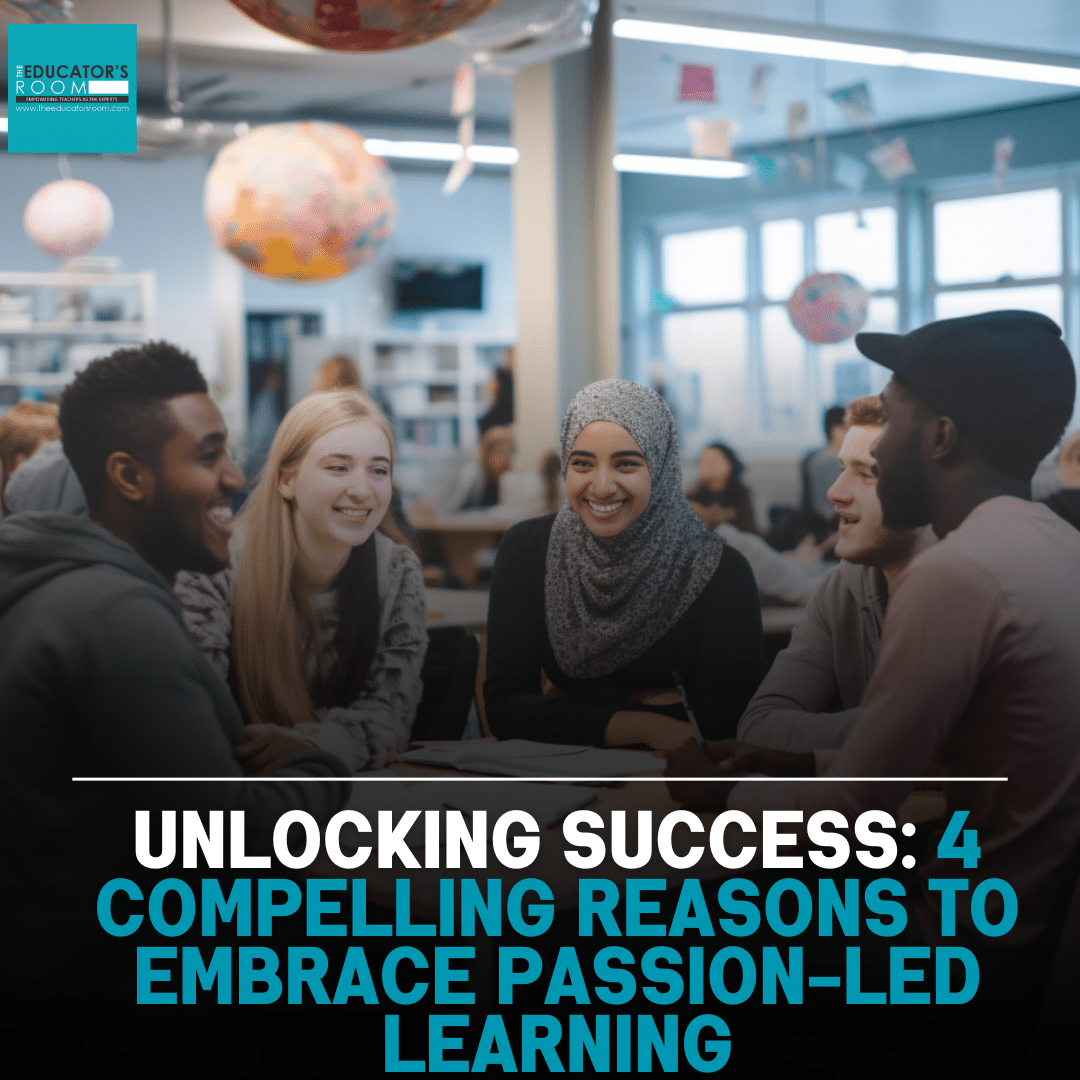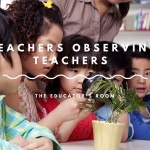Passion-Led Learning: It was the middle of the second day of my professional development workshop, and I was about to dismiss my participants for a well-deserved lunch break when loud music suddenly filled the room. My head snapped toward the cacophony of sound, expecting to see a teacher embarrassingly fumbling with a cell phone that had gone off. Instead, I saw one of my participants with a group of about three or four other people around him, and they were all bobbing their heads to the beat and talking excitedly.
This particular teacher was in the process of redesigning an entire unit of his US History course around the hip-hop genre, and it was clear without asking that this particular teacher was incredibly excited about teaching through the lyrics of his favorite artists. During our collaboration, I found myself feeling more energized, interested, and curious because HIS enthusiasm was making an impact on me. Despite not having the same level of interest or breadth of knowledge, I wanted to learn more and even found myself searching for old episodes of Behind The Music to try and satiate my need to know.
Passion-Led Learning: What is it?
This interaction is the perfect example of why all educators need to become more informed about the power of passion-led learning, the regular integration of teacher and student interests from outside of the classroom leveraged for the benefit of instruction.
Research in this area corroborates what I felt and what many students would tell you: the instructor’s disposition directly impacts learning. If it is clear that the teacher has little to no interest in the subject that they are teaching, what reason is there for students to put forth the effort?
For this reason, in a time where professional burnout seems to be an ever-present challenge, educators need to bring their outside selves inside for themselves as much as for their students, specifically in the form of passion-led teaching.
Everyone has something that they are truly passionate about: a hobby, a spare time endeavor, or a cause they choose to champion. In some cases, passions can be all three, such as in our example, the outdoors.
Teachers who are passionate about the outdoors should bring that passion into the classroom with them. This doesn’t necessarily mean that they have to take their classes out into natural spaces regularly, although there is a fair amount of evidence that underscores the value of this practice; what it means is that they should be using their passion as a lens, through which to teach their required content.
Here are four compelling reasons to do so:
Shared Passion with Students
If your interests and those of your students intersect, lean into that for passion-led learning! Many students also share a passion for the outdoors, allowing them to connect what goes on in the classroom to something real and responsive to their outside lives. Students can also offer their own expertise and knowledge more freely, rebalancing the focus of the classroom as they take more of a role in their learning. Designing learning experiences based on your knowledge of your students is also a culturally responsive design technique.
Opportunities to Integrate Real-World Examples
Passion-led teaching provides an avenue for authentic connections for content and standards. Very few curricular areas cannot be tied to the outdoors in some way. Scientific phenomena are infinitely observable outside; history can be connected to places that are set aside as monuments or marked by statues, and writing in or about the outdoors can help students develop literacy skills through informative or creative writing assignments. Connect classroom tasks and projects to the real world through your passion and never again hear, “Why are we learning this?”
Exploring Global To Local Through Passion
Helping students understand how their communities connect to our global world builds cultural awareness and breaks down stereotypes and myths that lead to an insular worldview. Finding connections to global communities can be difficult to do curricularly, so adding in passions may provide new avenues for making strong local-global comparisons. Many of the biggest challenges facing our favorite outdoor spaces, such as climate change, rapidly spreading development, and the threats posed to endangered species of plants and animals, are being combated worldwide.
Helping students understand how local, observable issues connect to greater global trends and challenges can empower learning as they try and contribute to global solutions. Additionally, a great range of resources can be accessed through endeavors such as UNESCO’s Sustainable Development Goals, providing students with opportunities to contribute to these important global causes.
Resources and Outside Expertise
The outdoors is an incredibly broad topic, and as such, many organizations and individuals have perspectives and expertise that can be leveraged in classroom instruction. Organizations such as the National Park Service or National Forest Service produce educational resources that can be incorporated into classrooms, lightening the load for overtaxed educators. There are also a myriad of experts that can be drawn on to help answer student questions that might be outside the contact knowledge of the instructor. Park Rangers, National Geographic Explorers, or field scientists might be willing to help support classroom learning.

James Fester is an educator and author passionate about project-based and experiential learning. His educational experience includes classroom teaching, instructional coaching, technology integration, and, most recently serving as a member of the PBLWorks National Faculty.






